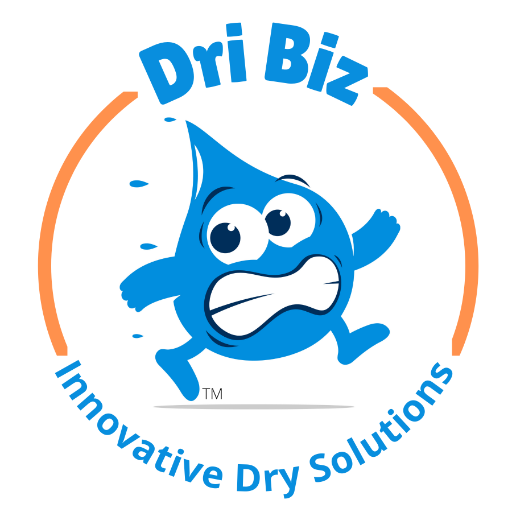In recent years, the world has witnessed remarkable advancements in hearing aid and wireless earbud technology. These tiny, cutting-edge devices have revolutionized the way we experience sound, enabling individuals with hearing loss to connect with the world around them. However, these sophisticated gadgets are not immune to the effects of corrosion, which can compromise their performance and longevity. Thankfully, vapor corrosion inhibitor (VCI) technology has emerged as a remarkable solution to safeguard these valuable devices. In this article, we will explore how VCI technology protects hearing aids and wireless earbuds, ensuring their optimal functionality and extending their lifespan.
Understanding Vapor Corrosion Inhibitor Technology: VCI technology is a method of corrosion protection that utilizes specialized materials to create an invisible shield around susceptible objects. The VCI compounds emit molecules that create a protective vapor, forming a thin layer on the surface of the device. This layer acts as a barrier, inhibiting the corrosion process and preventing the harmful effects of moisture, humidity, and other corrosive agents.
-
Protection Against Moisture and Humidity: One of the primary threats to hearing aids and wireless earbuds is moisture. These devices are subjected to perspiration, accidental exposure to water, and high humidity levels, which can seep into the delicate electronic components and cause irreparable damage. VCI technology plays a crucial role in combating these challenges by creating a protective shield that repels moisture and prevents it from reaching sensitive areas. By maintaining a dry environment around the device, VCI technology significantly reduces the risk of corrosion-related malfunctions.
-
Preservation of Electrical Contacts: The efficient functioning of hearing aids and wireless earbuds relies on the smooth operation of electrical contacts and connectors. However, these connectors are prone to corrosion, which can lead to connectivity issues, poor audio quality, or complete device failure. VCI technology works wonders in this aspect by preventing the formation of corrosive layers on the contacts. The VCI vapor actively inhibits the electrochemical reactions responsible for corrosion, ensuring uninterrupted electrical conductivity and preserving the overall performance of the device.
-
Extended Lifespan: Corrosion is a silent threat that gradually erodes the internal components of hearing aids and wireless earbuds. By implementing VCI technology, manufacturers and users can significantly extend the lifespan of these devices. The protective vapor shield acts as a constant line of defense, preventing corrosion from taking hold and maintaining the integrity of the intricate circuitry. As a result, users can enjoy their devices for longer periods without the worry of frequent repairs or replacements.
-
Cost-Effective Solution: The integration of VCI technology is not only beneficial for the users but also for manufacturers and service providers. By incorporating VCI compounds during the manufacturing process, companies can mitigate the risk of device failure and reduce customer complaints. This, in turn, leads to improved customer satisfaction and fewer warranty claims. Moreover, for users, the utilization of VCI technology translates into fewer repair costs and a higher return on investment, making it a cost-effective solution in the long run.
Vapor Corrosion Inhibitor (VCI) technology has emerged as a game-changer in the realm of hearing aids and wireless earbuds. By shielding these devices from the harmful effects of moisture, humidity, and corrosive agents, VCI technology ensures their optimal functionality and prolongs their lifespan. This innovative corrosion protection method has become an indispensable component of the manufacturing process, benefiting both manufacturers and end-users alike. As the technology continues to evolve, we can look forward to even more resilient and long-lasting hearing aids and wireless earbuds that enhance the lives of millions around the globe.

